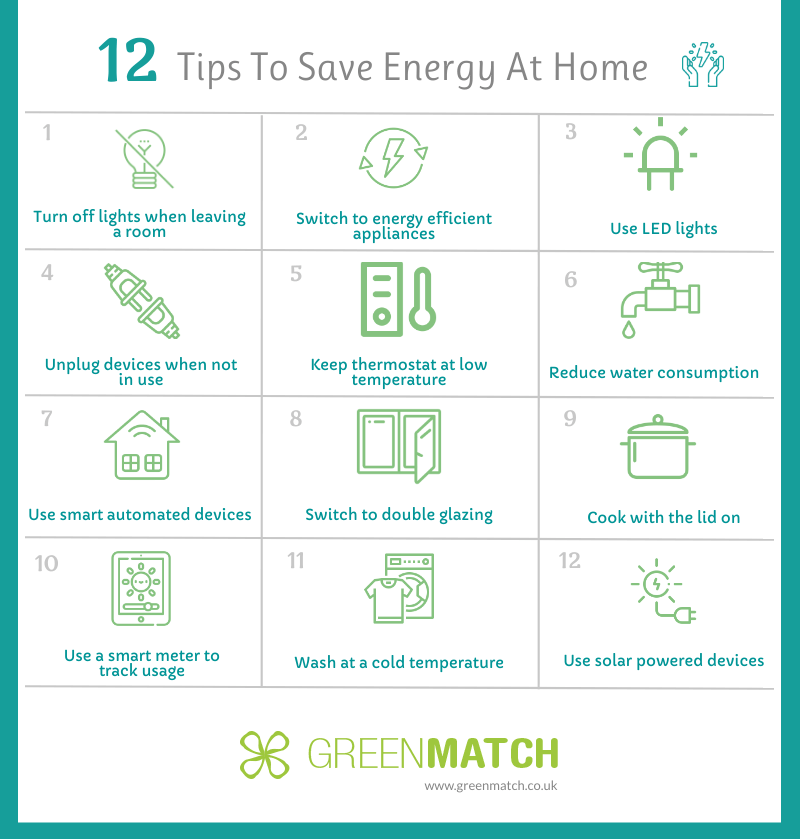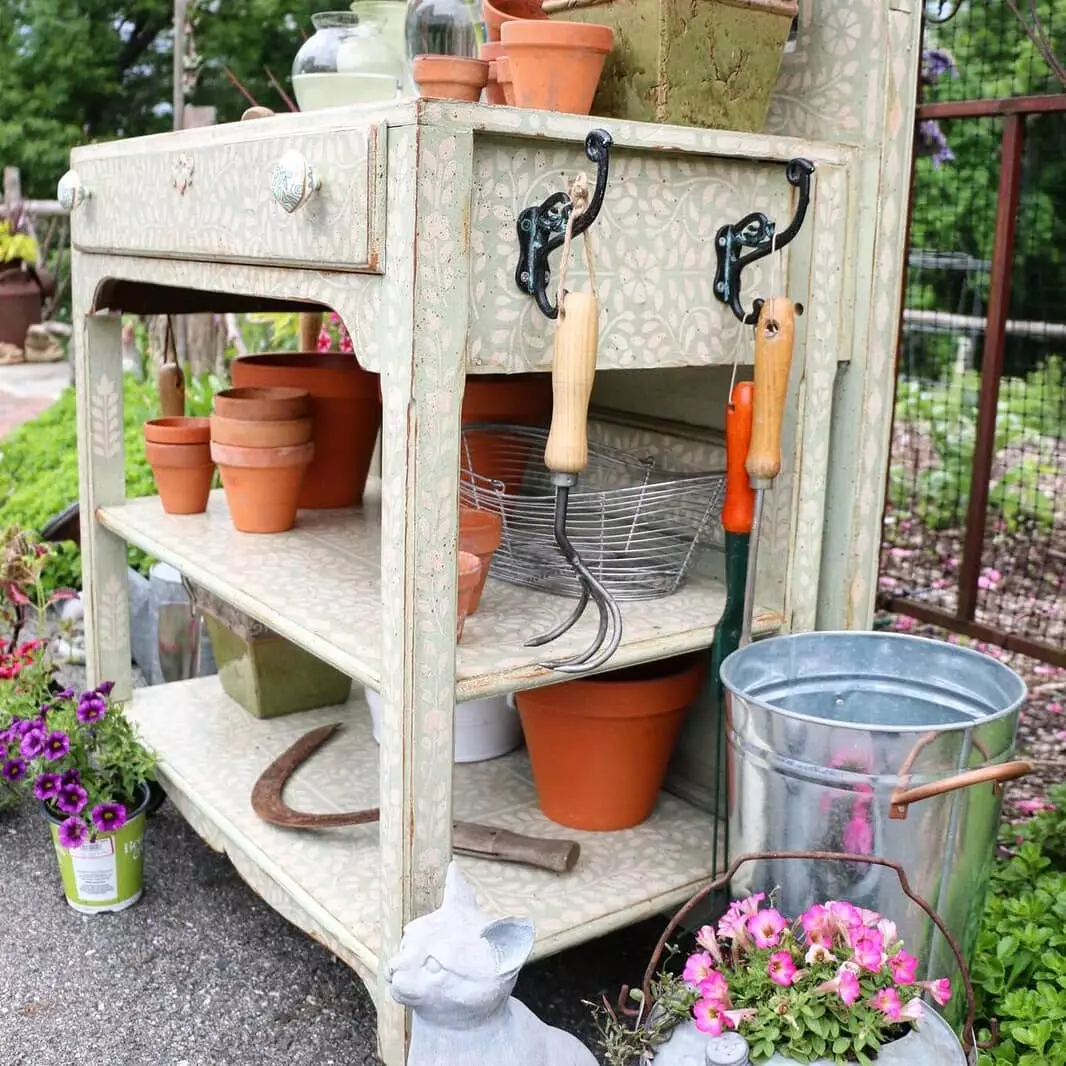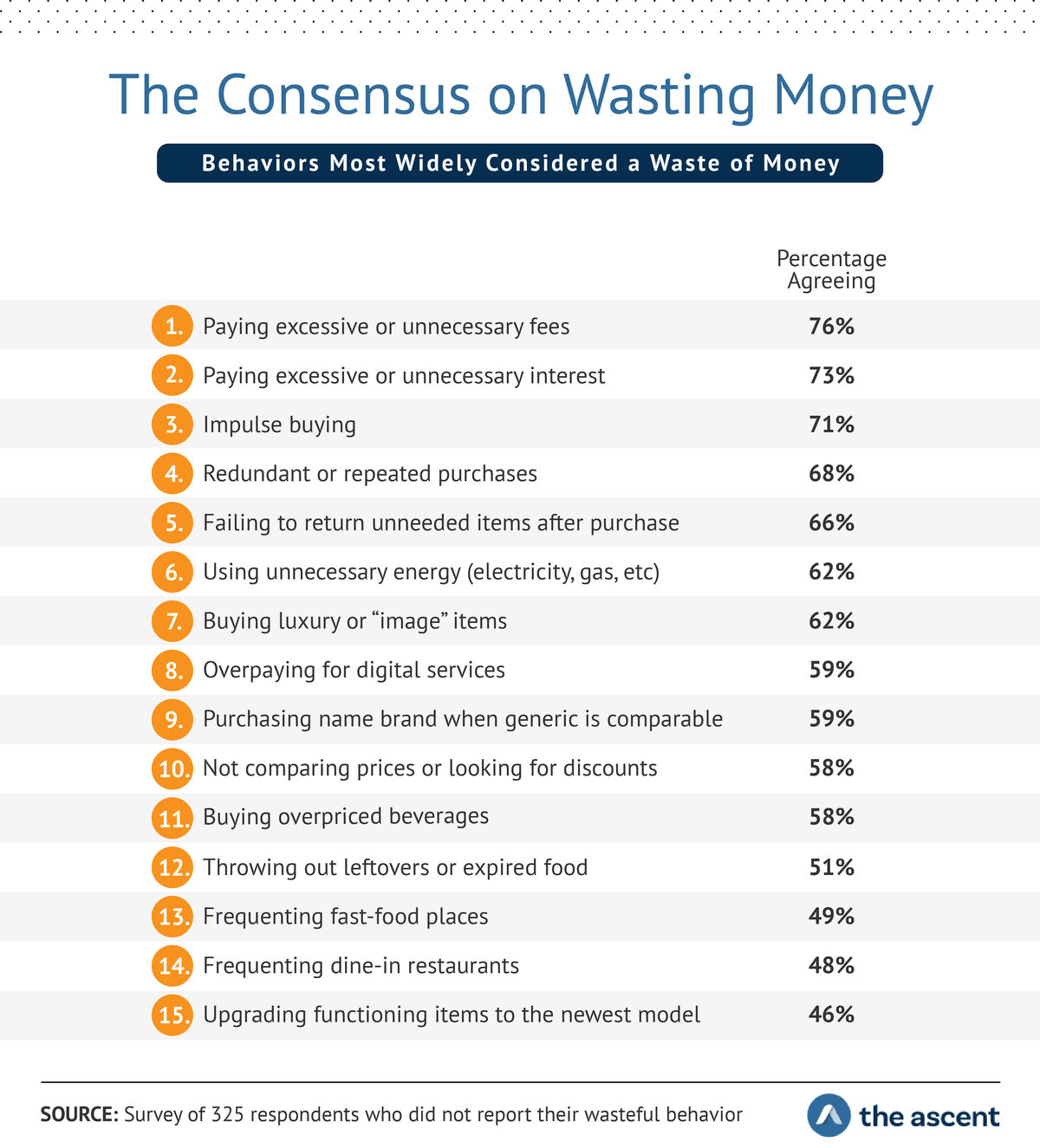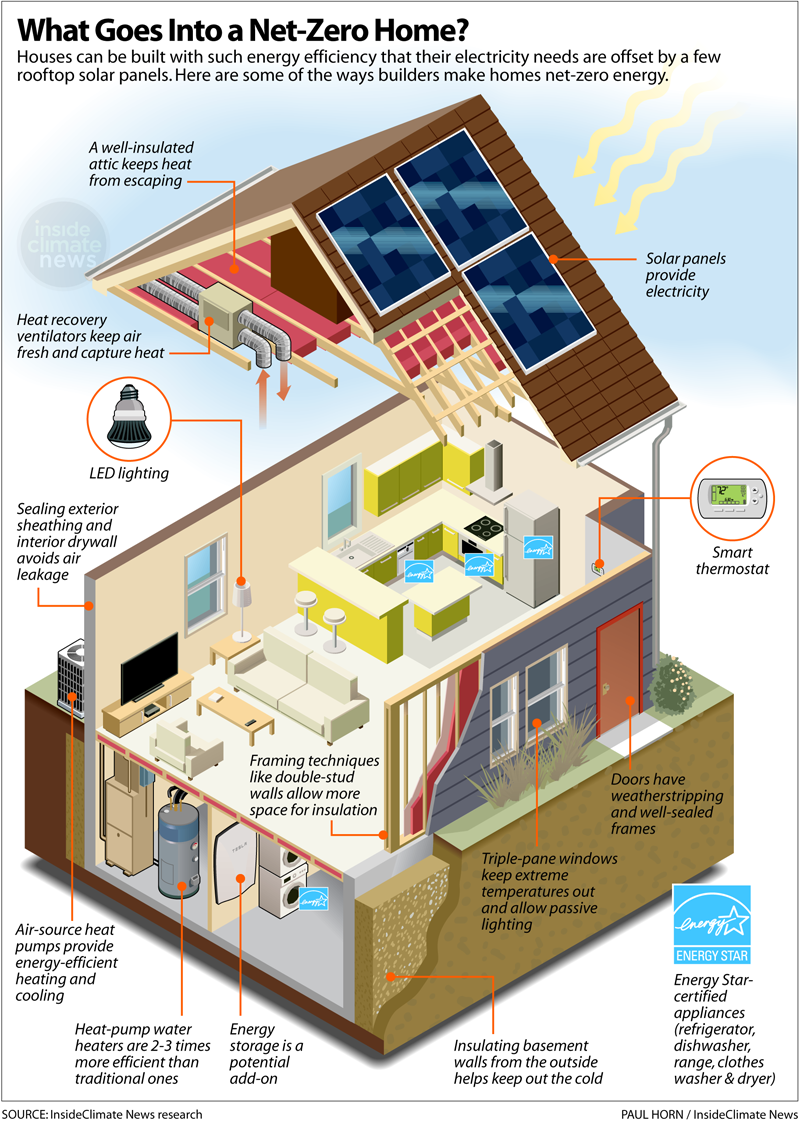It may not be the coldest winter on record, but that is not a reason why we should not try and save money and energy around the home. Some simple winter proofing and sensible choices will result in lower fuel bills and some environmentally beneficial initiatives.
Keeping the home warm
A room can lose heat very quickly. To aid heat retention, and to add a bit of comfort underfoot, ensure that all bare floors are covered with a decent sized rug. If there is a fireplace in the room, make sure that the flu is closed or block it to avoid heat escaping up the chimney.
Use nature to help heat a home during the day by pulling curtains and blinds to allow the sun’s rays to warm a room. Pull furniture away from the wall so that the chill air cooling the bricks does not seep through into the upholstery, and make sure that curtains or rugs are not covering up any air vents.
A great deal of heat is lost through the windows. If making the windows themselves more energy efficient, for example by installing double glazing, is too much of an expense, then try to trap heat inside a room by hanging curtains so that they actually touch the window frames, or even better, install window shutters. These form a tight fit within the window space, so will stop heat leaking out through gaps. As well as being very on trend now, window shutters also provide a great deal of privacy.
Saving on appliances
It may not be a good choice for winter, especially if a home is relatively small, but allowing clothes to dry naturally, rather than being tumble dried, will help to cut down on energy costs. The same goes for a dishwasher, stopping the program after the wash cycle and pulling out the trays to air dry the contents. Also, both these appliances will wash equally well using economy cycles.
A trick that may help a food budget as well as energy bills is to use the freezer more effectively. Bulk buy food that is suitable for freezing and fill up the drawers, as a full freezer uses less energy than one that is half empty.
Do not think the microwave is just good for heating up baked beans. Use a microwave rather than a conventional oven for heating up leftovers, as this will use less energy. When it comes to cooking with pots and pans on a hob, use the right sized pan for the burner, as a lot of heat is lost when small pans are used on large burners.
Large-scale measures
Ultimately the best way of winter proofing a home is to ensure that there is adequate insulation, primarily in the loft or attic space, but also in cellar areas. This job can be tackled as a DIY project. It is a big expense, but it will undoubtedly pay for itself within a few years.





